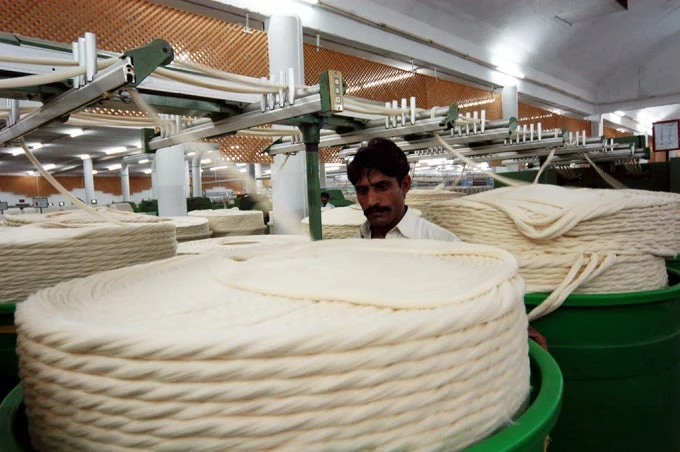Economic Growth in Pakistan is expected to accelerate from 4.0% in 2014 to 4.5% in 2016. What are some reasons for this moderate improvement and how could it unlock its potential to grow even faster in the future so that more of its people can benefit from and contribute to greater prosperity?
How is Pakistan doing? There has been an improvement in Pakistan’s economic environment due to lower domestic and external risks. Foreign exchange reserves have increased to an appropriate level given the size of Pakistan’s imports. Pakistanis working abroad sent home about $18.5 billion in FY2014/15 which contributed to financing the trade deficit. Government efforts to stabilize the economy have been greatly aided by the decline in international oil prices which has significantly reduced the import bill. Fiscal policy has also become more prudent, although further efforts will be needed to safeguard the hard-earned stability.
Pakistan needs to invest more to address the country’s challenges. The positive economic environment provides Pakistan with an opportunity to address structural bottle necks that are holding Pakistan back from realizing its immense potential, which is bolstered by a large, young and growing population. However, the country’s development outcomes have not kept up with its income growth and significant public and private investments are critical to realize the aspirations of its population and improve the country’s competitiveness.
The share of investment to GDP remains minimal at 15%, about half of the South Asian average at 30% and one of the lowest in the world. This means not that enough infrastructure is being built, people don’t have access to sufficient levels of energy and water, the quality of schools and hospitals are not optimal. More worryingly, private investment as a share of GDP has been declining and stood at less than 10% in FY2014/15. Several factors are contributing to this low investment level.
Pakistan needs to raise more revenue to have resources for critical investments. Low domestic savings, below 10% of GDP for the past five years, do not support higher investment levels. The government’s limited resources, partly caused by low tax collection, restrict its ability to investment in public projects. To make up for this resources gap, the government borrows from commercial banks, limiting financing for the private sector to invest in projects that create jobs. The financial sector has limited long term financing, which constraints domestic financing for large investment projects.
This low saving-low investment trap has reduced Pakistan’s growth potential. The steady fall in the economy’s growth potential is particularly concerning, because it suggests that the country is gradually eroding its wealth over time. Declining labor productivity as well as low capital accumulation explain Pakistan’s declining potential and actual economic growth over the past decades.
Decentralization of services delivery will be crucial to improve competitiveness. One of Pakistan’s biggest assets is its large and young labor force. But this young population will contribute to higher and sustainable growth only if it’s healthy and well educated. Post 18th Constitutional Amendment and the 7th NFC award, these functions are devolved to the provinces. It will be important for the federal government and provinces to continue working together to improve the decentralization framework and ensure improved service delivery to achieve desired outcomes.
Improving the business environment will be necessary to tap into foreign resources. Given the shortage of domestic savings, there is an urgent need to attract foreign resources to meet Pakistan’s investment needs. And yet Foreign Direct Investment (FDI) has been declining over a number of years and remains extremely low, even at a time when many of Pakistan’s peers were attracting large FDI inflows. This poor performance in attracting FDI is partly explained by Pakistan’s cumbersome investment climate, as evidenced by international rankings such as the Doing Business Indicators. FDI is also highly concentrated in a small number of sectors and countries of origin. Any adverse shock in these sectors or geographical regions can have a disproportionate impact on overall FDI inflows.
Going forward, it will be important to accelerate the implementation of reforms: The government is implementing a number of reforms to improve the investment climate and diversify the investment portfolio. These include efforts to revive the privatization efforts, which will increase efficiency in management, improve services delivery and make space for private participation. Significant efforts are underway to improve the access to and quality of electricity, and simplifying and making the tax regime more transparent. It will be important to accelerate these and other reforms for growth to create jobs, provide better services to the public and ultimately reduce extreme poverty and boost shared prosperity in Pakistan.
Have thoughts or questions? Please join our live chat on Facebook with the authors on Thursday, 12th of November at 10AM: https://www.facebook.com/events/449511265235779/




Join the Conversation